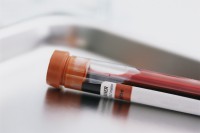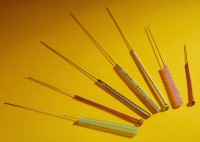
The most common cancer in American men with the exception of skin cancer, 1 in 7 men will be diagnosed with prostate cancer during their lifetime. Though most men with prostate cancer will not die from it, it can be a serious disease.
Acinar Adenocarcinoma is the most common form of prostate cancer
Acinar adenocarcinoma begins in the gland cells in the prostate, and comprise more than 90 percent of prostate cancers, including atrophic, foamy, colloid and signet ring carcinoma. All subtypes of acinar adenocarcinoma are treated in the same fashion. Though the majority of these cancers grow slowly, some can grow more quickly.
Other rare forms of prostate cancer, comprising the remaining 10 percent include:
- Ductal adenocarcinoma
Originates in the cells lining the ducts (tubes) of the prostate gland. Spreads more quickly than acinar adenocarcinoma. Some men have advanced cases when diagnosed.
- Transitional cell (urothelial cancer)
Begins in the cells lining the urethra, the tube for carrying urine outside the body. Typically begins in the bladder and spreads to the prostate.
- Squamous cell cancer
Arises from the flat cells covering the prostate. Also spreads more quickly than adenocarcinoma, making advanced cases common.
- Carcinoid of the prostate
Starting from cells of the neuroendocrine system, specialized nerve and gland cells, these tumors are rare and slow-growing.
- Small cell cancer
A type of neuroendocrine tumor comprised of small, round cells. Does not raise PSA, so it is difficult to detect early.
- Sarcoma and sarcomatoid cancer
A mixture of sarcoma and adenocarcinoma cells and originating from muscle cells, this cancer, including leiomyosarcoma, can grow quite quickly.
Suffering from prostate cancer? Contact Issels www.issels.com today to learn more about our natural cancer treatment approach with immunotherapy.





